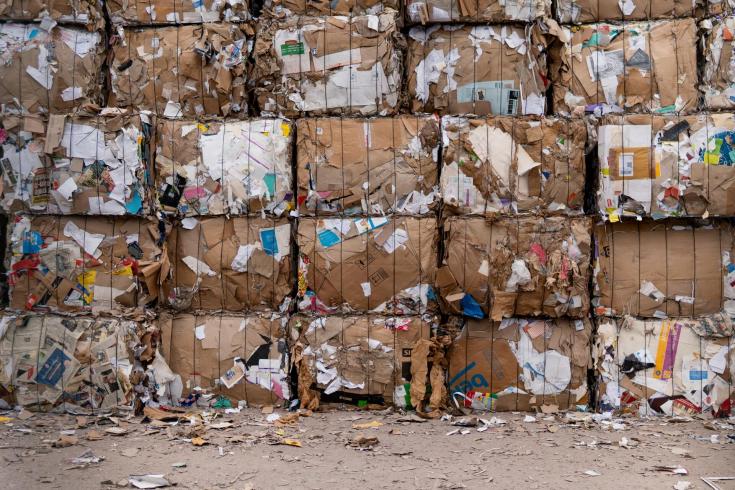Kickstarting CircLean: European Network of Businesses and SMEs for Industrial Symbiosis

The European Commission has started working on a EU-wide network for industrial symbiosis provisionally called CircLean. CircLean will be a voluntary network of relevant actors directly involved or interested in promoting industrial symbiosis. This includes regional and local public authorities, private companies, associations, business intermediaries, regional development agencies, etc.
The consortium of companies, assigned by the European Commission to prepare and establish the network, will develop a voluntary common approach on the reporting of industrial symbiosis transactions to be adopted by the network. This will include standardised and formalised reporting protocols.
What is industrial symbiosis?
Industrial symbiosis (IS) is a systems approach to a more sustainable and integrated industrial system, which identifies business opportunities that leverage underutilised resources such as materials, energy, water, capacity, expertise, assets, etc.(Lombardi & Laybourn, 2012).
Relevance and benefits of Industrial Symbiosis
Industrial symbiosis is becoming increasingly prominent on EU level. It is mentioned in the amended Waste Framework Directive (2018) and also in the Roadmap to Resource Efficient Europe (2011). It is included in the Circular Economy Package (2015) and is also regarded as an ambitious and innovative business model which has the potential to speed up EU transition to circular economy.
It has been estimated that potential economic benefit for Europe through industrial symbiosis is up to €72.7 billion through cost savings from landfill diversion, and up to an additional €12.9 billion through transactions of secondary materials (EC 2018, Cooperation fostering industrial symbiosis market potential, good practice and policy actions, Final report).
Why is this network important?
Regional and local authorities interested in promoting industrial symbiosis are well-placed to participate in the co-creation and the uptake of the network including label acquisition and organization of open innovation workshops once the network is launched. Regions will have a place where to exchange on the different regional contexts for industrial symbiosis and to find ideas and suggestions to face their challenges benefitting from a first-hand advice on strategies to set up IS. They will shape the work of the network and contribute to the documents it produces.
Timing
The first year will be dedicated to preparatory work, the reporting and the label. The network will be launched in the second year, when efforts will be focused on its promotion and expansion. By end of 2020, CircLean will be operational.
Interreg Europe relevant projects
SYMBI and TRIS are dealing directly the topic of industrial symbiosis. Relevance is also high for projects working in sectors such as green public procurement, waste management and resource efficiency such as
- Green public procurement: GPP4Growth, CircPro, GPP-STREAM
- Resource efficiency and circular models for SMEs: ENHANCE and CESME
- Construction and demolition waste: CONDEREFF,
- Circular biological streams: BIOREGIO,
- Systemic design for circular economy transition: RETRACE,
- Water reuse: AQUARES
Other recently approved projects of relevance to industrial symbiosis include: 2LIFES (waste reuse); GRESS (green economy); COLOR CIRCLE (circular economy); SME POWER (SMEs); REDUCES and REPLACE (Circular Business Models).
Interreg Europe has addressed the topic of industrial symbiosis in a Policy Brief on
A recent DG GROW report on the topic is available. The report explores the recent status of IS in Europe and serves as a feasibility study for setting up a EU-wide IS network.